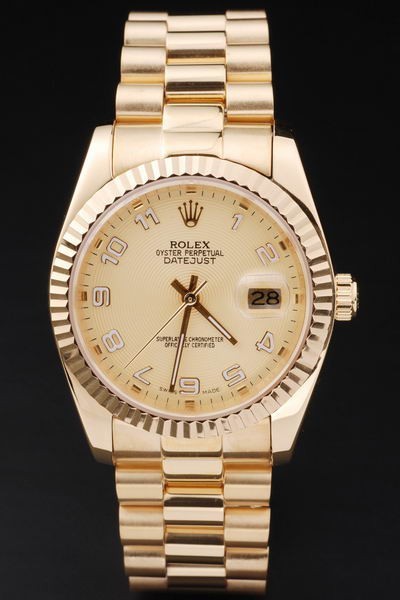Replica watches, often marketed as affordable alternatives to luxury timepieces, have sparked intrigue and debate over the years. These watches attempt to imitate the aesthetics and mechanics of high-end brands like Rolex, Omega, and Breitling. While some buyers are drawn to replicas due to their lower price points, it is essential to understand the mechanics behind them, how they differ from genuine watches, and the ethical considerations surrounding their production. The heart of any watch, whether genuine or replica, lies in its movement. In high-end luxury watches, the movement is meticulously engineered for precision, durability, and longevity. Swiss manufacturers, in particular, are renowned for their fine craftsmanship, using complex mechanical movements that involve hundreds of tiny parts working together. These include escapements, mainsprings, and balance wheels, all carefully calibrated to ensure that the watch keeps time accurately. Often, luxury watches use automatic movements, which are powered by the wearer’s wrist movements, eliminating the need for battery replacements.

These movements can take months, if not years, to perfect and assemble, which explains the high cost of genuine luxury timepieces. On the other hand, replica watches, especially lower-end ones, use far less sophisticated movements. Many replicas utilize quartz movements, which are battery-operated and less complex than automatic movements. Quartz movements are typically mass-produced and provide accurate timekeeping but lack the craftsmanship and intricate engineering seen in mechanical movements. In some higher-end replicas, there may be attempts to mimic the automatic movements of luxury brands, but these are often crude imitations that do not offer the same reliability or precision. The materials used in Luxe Replica Watches movements are also inferior, often made from cheaper alloys or plastic parts instead of high-quality metals, further reducing their longevity. One of the key distinctions between genuine and replica watches lies in the quality of the materials used. Luxury brands are known for their use of premium metals like stainless steel, gold, platinum, and sapphire crystal, which provide durability and scratch resistance.
In contrast, replica watches often use lower-grade materials like cheap alloys or coated metals, which may look similar at first glance but will show signs of wear and tear much more quickly. The glass covering the watch face in replicas is usually made of mineral glass or plastic, both of which are prone to scratching, unlike the sapphire crystal used in luxury watches, which is much more resistant to damage. In terms of aesthetics, replicas may closely mimic the outward appearance of a luxury watch, including the logo, dial design, and strap. However, upon closer inspection, discrepancies become apparent. The details on a replica, such as the font of the numbers, the smoothness of the second hand’s movement, or the weight of the watch, may reveal that it is a copy. Luxury watches often have smooth, sweeping second hands due to the high-beat mechanical movements, while cheaper replicas may have second hands that tick, characteristic of quartz movements. Ethically, the production and sale of replica watches raise several concerns.